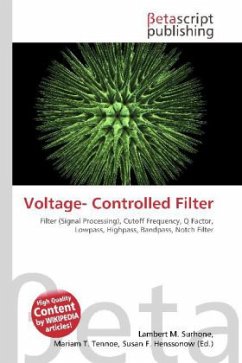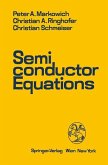Please note that the content of this book primarily consists of articles available from Wikipedia or other free sources online. A silicon-controlled rectifier (or semiconductor-controlled rectifier) is a four-layer solid state device that controls current. The name "silicon controlled rectifier" or SCR is General Electric''s trade name for a type of thyristor. The SCR was developed by a team of power engineers led by Gordon Hall and commercialised by Frank W. "Bill" Gutzwiller in 1957. An SCR consists of four layers of alternating P and N type semiconductor materials. Silicon is used as the intrinsic semiconductor, to which the proper dopants are added. The junctions are either diffused or alloyed. The planar construction is used for low power SCRs (and all the junctions are diffused). The mesa type construction is used for high power SCRs. In this case, junction J2 is obtained by the diffusion method and then the outer two layers are alloyed to it, since the PNPN pellet is required to handle large currents. It is properly braced with tungsten or molybdenum plates to provide greater mechanical strength. One of these plates is hard soldered to a copper stud, which is threaded for attachment of heat sink. The doping of PNPN will depend on the application of SCR.
Bitte wählen Sie Ihr Anliegen aus.
Rechnungen
Retourenschein anfordern
Bestellstatus
Storno








